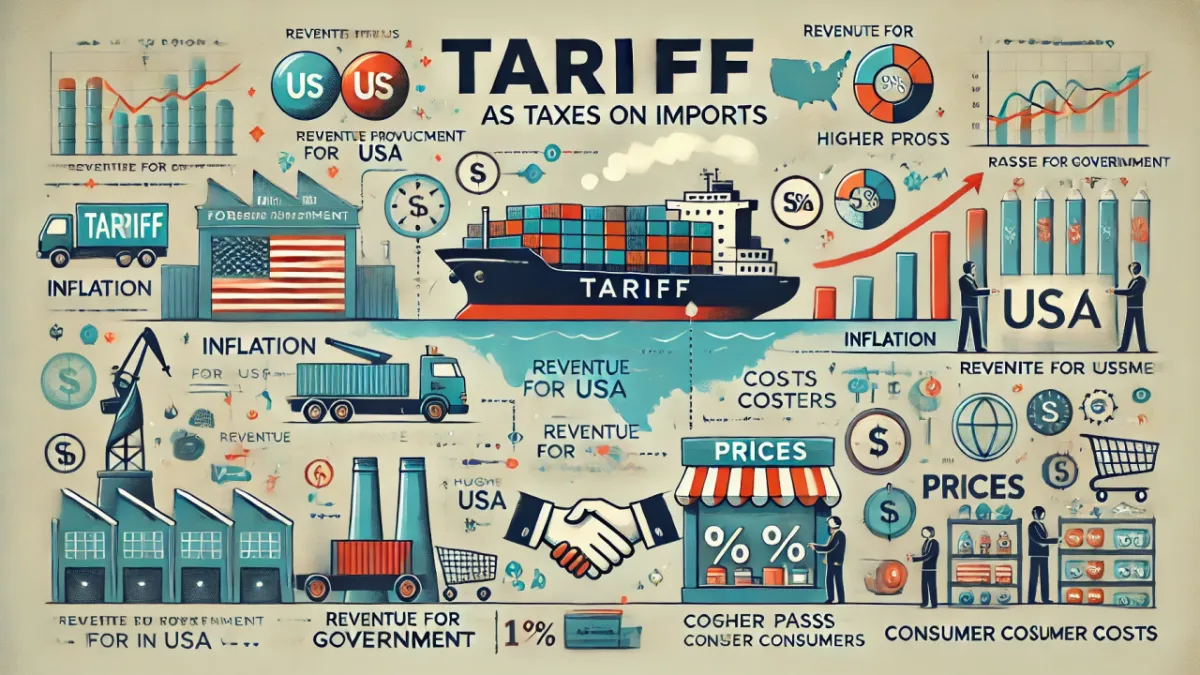Inside the Industry

Delivery

Tariffs: Challenges Requiring Strategic Flexibility
In today’s rapidly globalized era, tariffs are one of the most prominent obstacles facing companies in global supply chains. With ongoing fluctuations in geopolitical alliances and trade policies, tariffs have transformed from a static cost factor into a dynamic challenge requiring innovative solutions and strategic flexibility. Businesses face significant risks, not only in managing costs but also in maintaining their competitive edge in an increasingly complex market.
Understanding the Tariff Landscape
Tariffs are defined as taxes imposed on imported or exported goods. Governments use these tariffs as tools to protect domestic industries and boost revenue, yet they can pose significant challenges for companies relying on cross-border trade. In recent years, shifting policies and retaliatory tariffs have kept companies on constant alert.
For example, a sudden increase in tariffs on raw materials can complicate production costs or necessitate price adjustments, impacting supplier relationships. Companies without effective strategies to manage these fluctuations may find themselves lagging behind better-prepared competitors.
The Impact on Supply Chains
Tariffs create a ripple effect across all aspects of the supply chain. Increased tariffs can drive up procurement costs, reducing the competitiveness of products in the global market. They can also cause delays as businesses seek alternative suppliers or adjust logistics to circumvent newly imposed duties.
For instance, a manufacturer that relies on components from multiple countries could face significant cost disruptions from a tariff hike on one of those components, forcing the company to make difficult decisions regarding its cost structure.
Strategies to Overcome Tariff Challenges
1. Diversify Suppliers
Relying on a single supplier increases a company’s exposure to tariff fluctuations. By diversifying sourcing across different countries, businesses can mitigate risks and ensure continuity.
2. Leverage Free Trade Agreements
Companies can achieve significant savings by leveraging free trade agreements (FTAs) that reduce or eliminate tariffs on certain goods.
3. Adopt Real-Time Monitoring Tools
Technology, such as predictive analytics, helps companies anticipate changes in tariffs and adjust strategies proactively.
4. Optimize Supply Chain Design
Reviewing and redesigning supply chain networks can minimize tariff exposure. This may include exploring options like nearshoring or reconfiguring distribution centers.
5. Turning Tariffs into Opportunities
Tariffs can drive innovation and efficiency. Companies that proactively address these challenges often discover new efficiencies and strengthen supplier relationships.
Navigating the complexities of tariffs requires a combination of strategy, innovation, and adaptability. Businesses that invest in building strategic flexibility will benefit not only from overcoming current challenges but also from laying a robust foundation for sustainable success. In the world of global trade, flexibility and adaptability are among the most crucial competitive advantages.
